Description
Model “1818-S”
STERLING SILVER HEADJOINT
HANDMADE
Our model “1818” is produced handmade.
This feature emerges not only from tone holes accurately soldered (and not extracted),
also for the great attention to details.
Syntethic S2 padding work with stabilizer.
| Material |
STERLING SILVER HEADJOINT Step1
|
| Soldered Tone Holes |
Since drawn and rolled toneholes are constructed from the flute tube itself, the flute has slightly less metal and weight than a flute with soldered toneholes. A thicker tube will generally provide a darker, richer sound. Many flutists find that they can achieve the flexibility they desire along with the complexity of sound typically associated with soldered toneholes by selecting the optimal tubing thickness. Because soldered toneholes are made separately from the flute tube, they are by nature thicker than drawn and rolled toneholes. This characteristic, combined with the solder or braze that is used to fuse the toneholes to the flute tube, brings more weight to the tube. The result is a flute with positive resistance and a dark, dense sound. Soldered toneholes are generally a good choice for flutists who play with a fast and compact air stream by providing stability without overpowering the flute.The soldered tone holes are perfectly flat so the the pads closing are more reliable over time
|
| New system Headjoint TITANIUM Stopper plug____________ |
We can install it at request: +30€ This is a device that replaces the standard cork stopper.
|
| Footjoint |
C-Foot
|
| Headjoint |
The flute has our Step-1 ready and bright sound STERLING SILVER HEADOINT really appreciated by many flutists.
|
| E-Mechanism
|
A split E mechanism allows venting only one G key while fingering high E. This facilitates production of the high E and it provides a more stable response.
|
| Synthetic S2 pads |
These pads are made of mostly synthetic materials. The advantage of this is that they do not absorb moisture and as a result do not change shape. This consistency gives the pads a high degree of reliability.
|
| Open Holes
with Plugs |
central openings are covered by the fingertips when depressed. Students may use temporary plugs to cover the holes in the keys until they master the more precise finger placement needed to play open-hole keys. Some players state that open-hole keys permit louder and clearer sound projection in the flute’s lower register.Open holes can be used for effects such as bending and shading, and the player can crack some holes to bring pitch back up when playing softly on high register notes. Playing open holes requires and therefore develops fingering accuracy that is not essential on plateau keys. Some clever trills that make use of the open hole venting for better pitch. Open hole flutes can be used as closed hole by inserting plugs in the holes
|
| Offset G |
the G keys are offset slightly from the rest of the keys, mounted on their own posts, separate from the other keys. A growing number of flutists prefer the comfort and hand position on the offset G flute.
|
| French pointed arms |
A key design that connects keys to the rod with a raised, pointed arm which extends to the center of the key. Also refered to as “Styled keys”. It gives more strenght to the keys.
|
| Accessories |
leatherette case Bag wooden pipe cleaner.
|

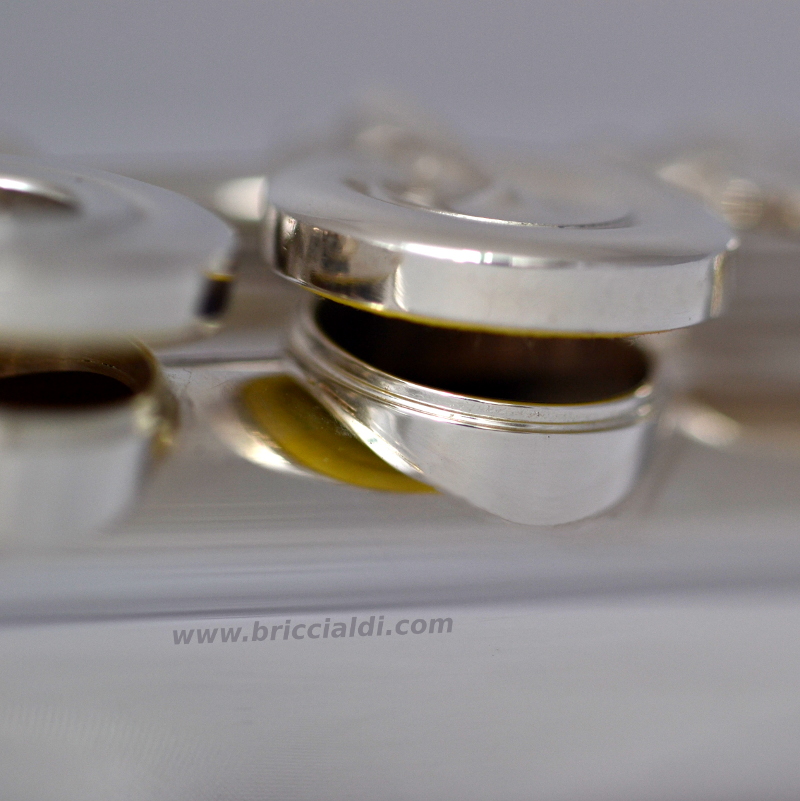
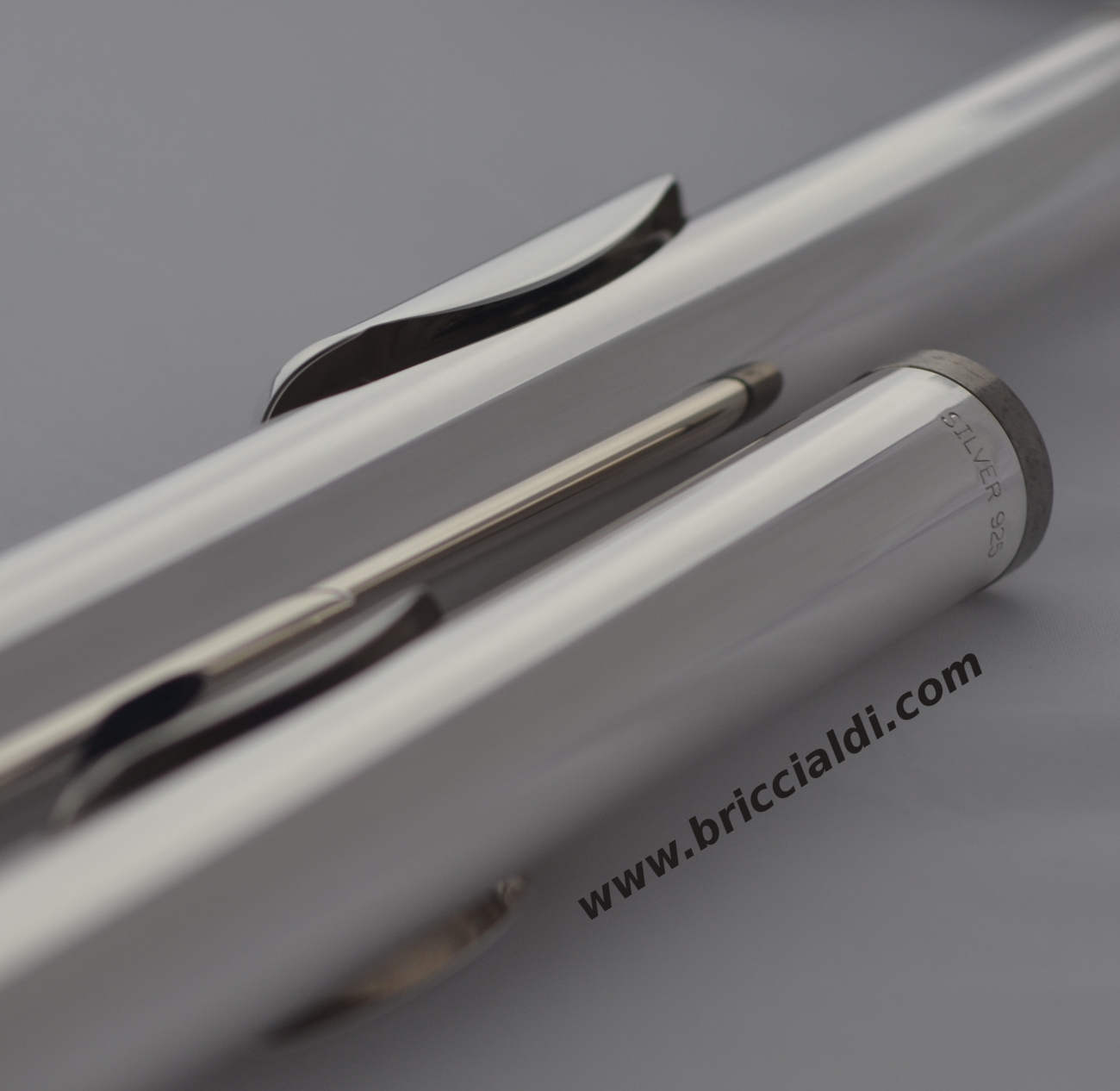
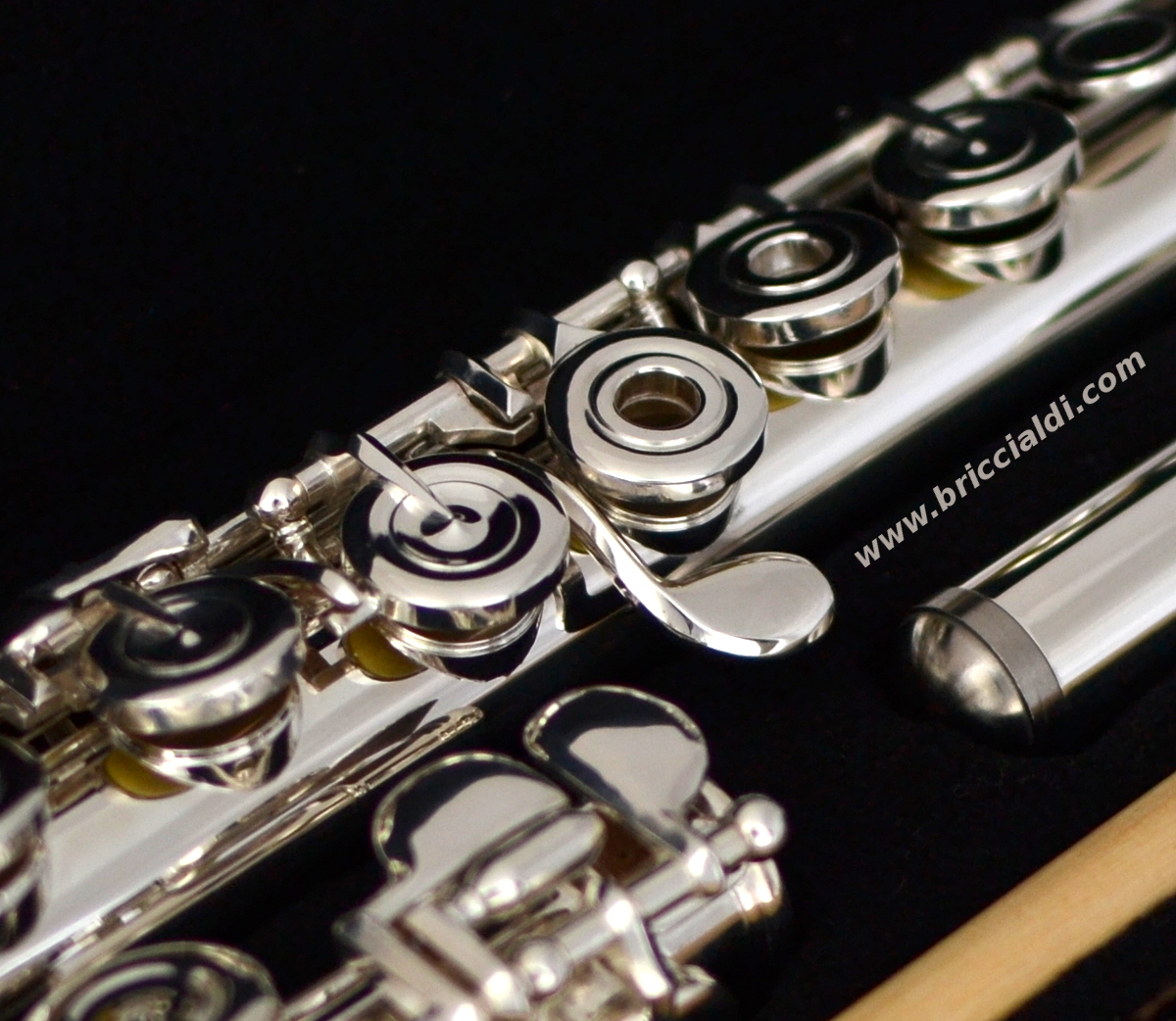
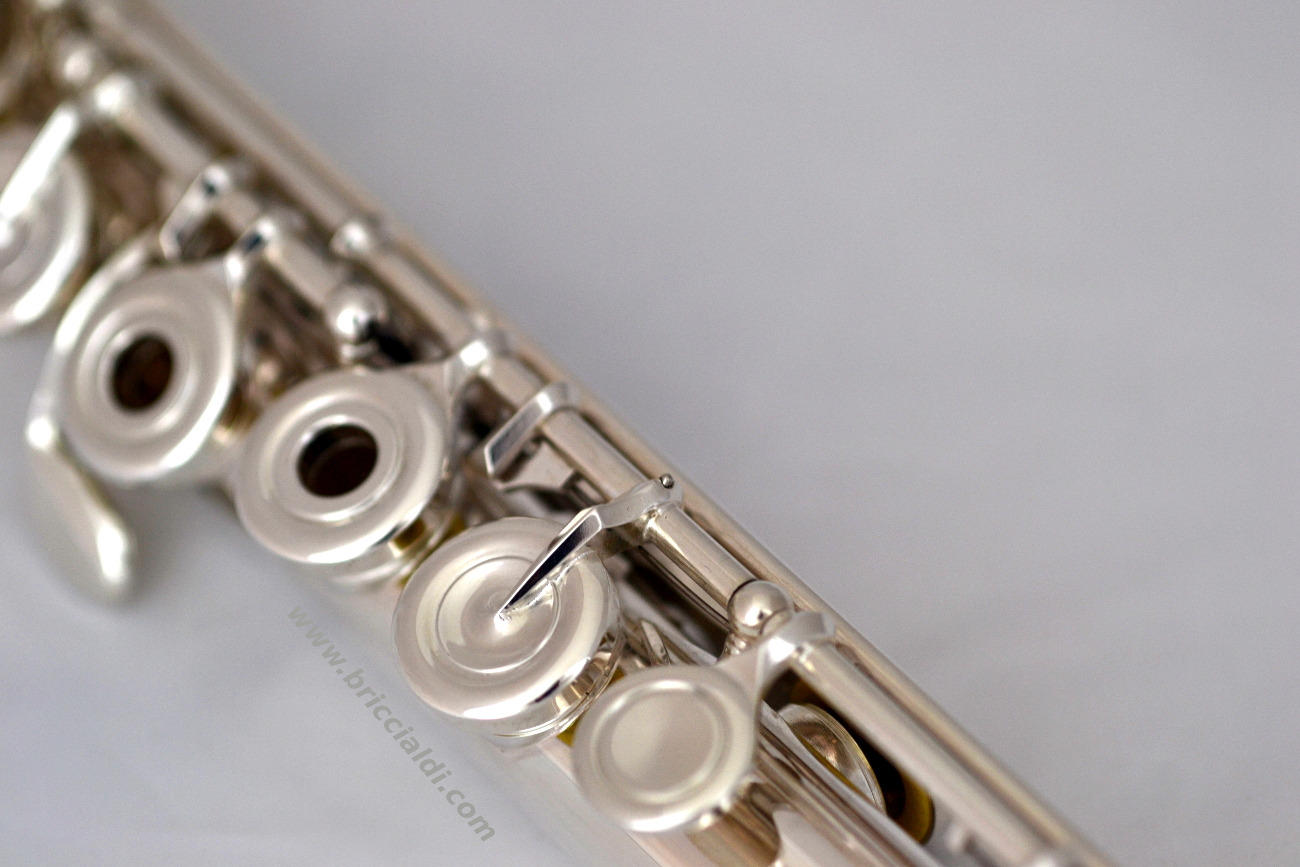
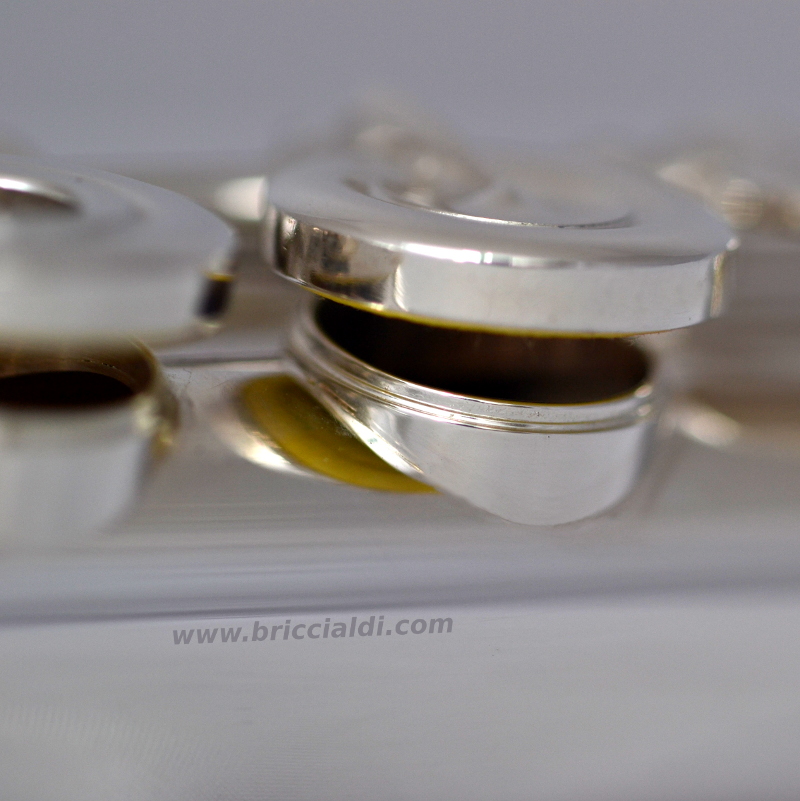
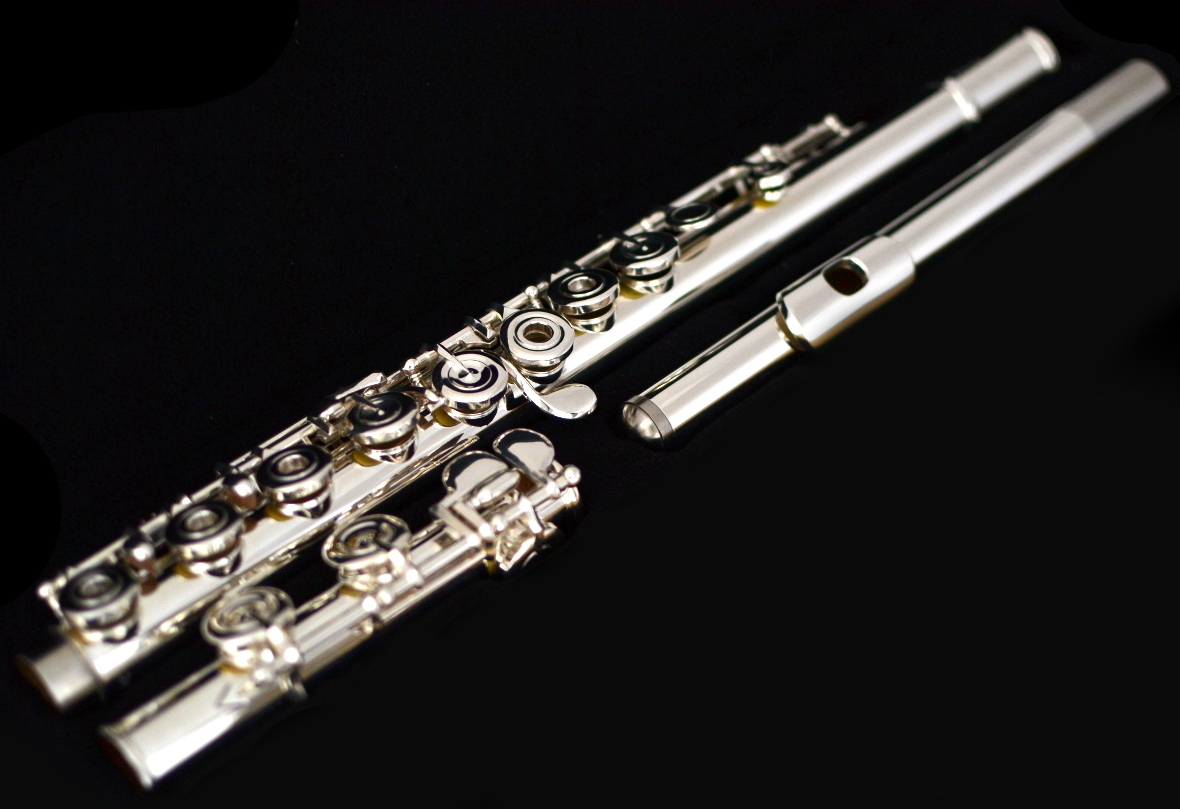
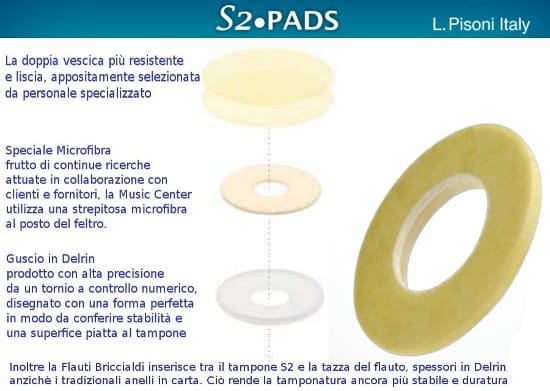
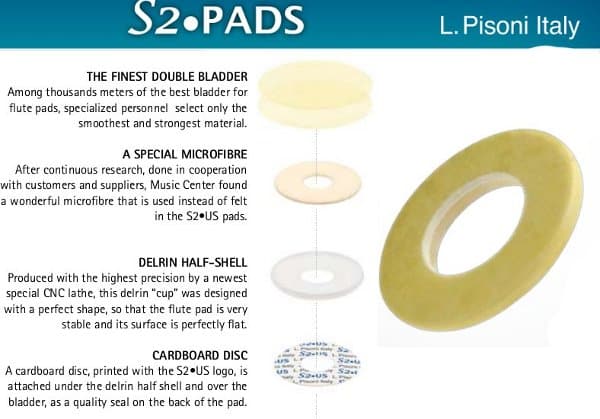
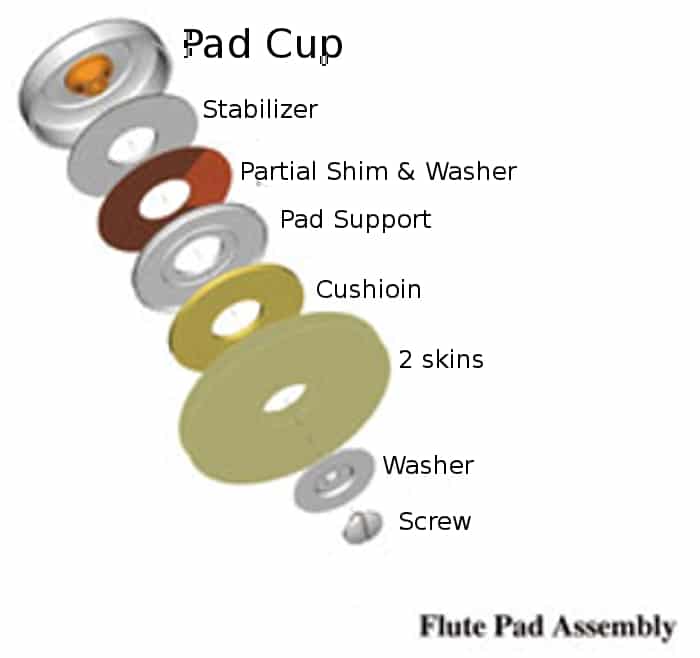
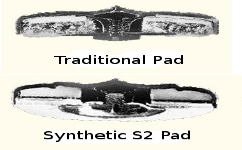
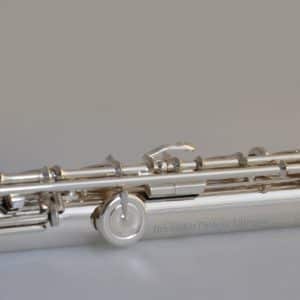
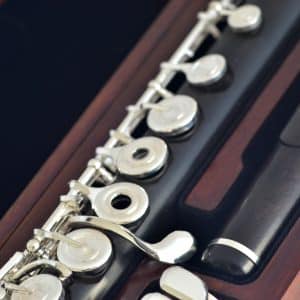
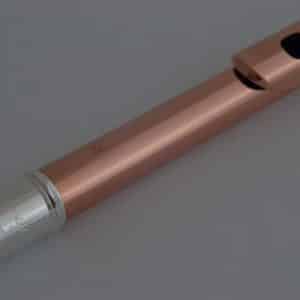
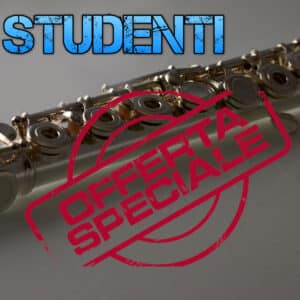
Reviews
There are no reviews yet.